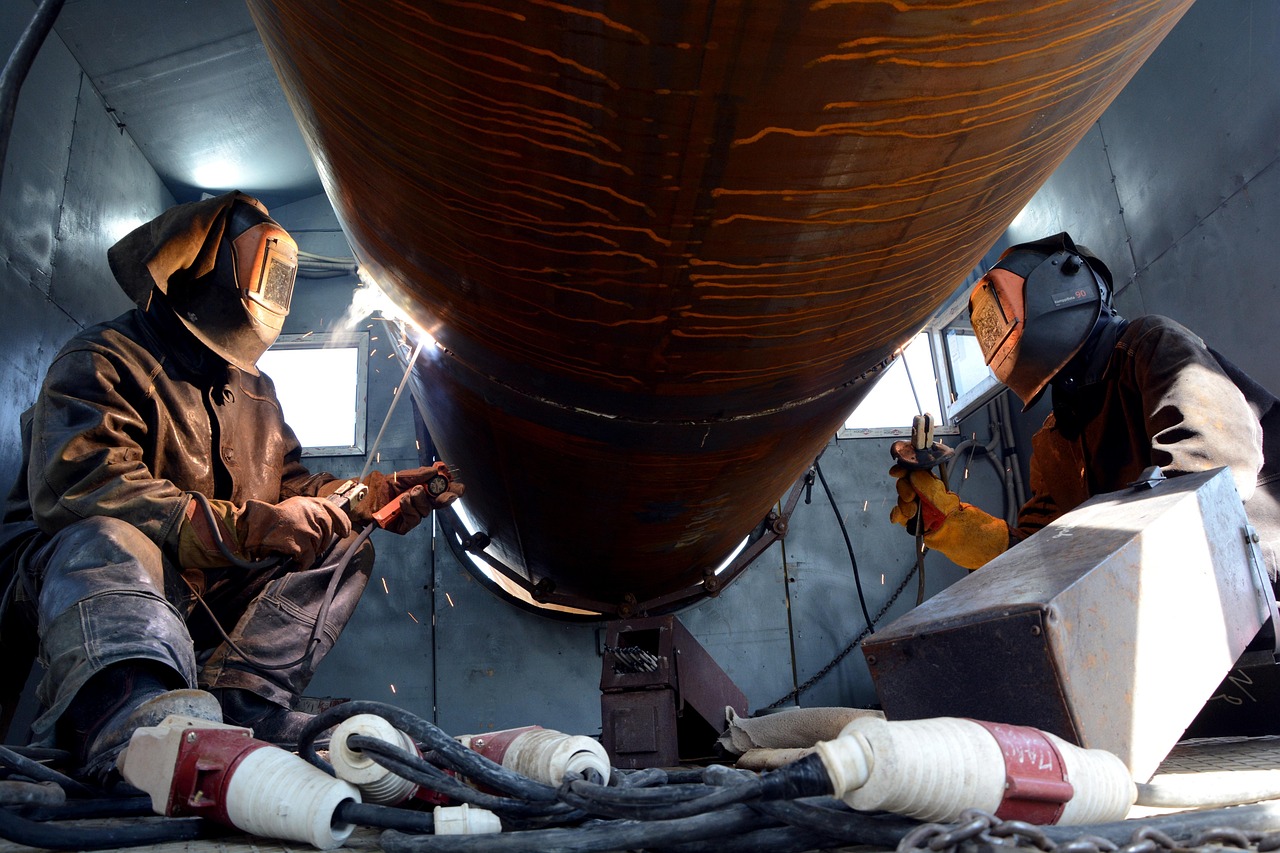Broken Drain Pipes: A Homeowner’s Essential Guide
Broken drain pipes can transform a minor plumbing concern into a costly nightmare within hours. These underground workhorses silently carry wastewater away from your property until they fail, often causing extensive damage to foundations, gardens, and interior spaces. Understanding the warning signs and knowing how to respond quickly can save you thousands of pounds and protect your home from serious structural issues.
Modern homes rely heavily on functioning drainage systems, yet many homeowners remain unaware of potential pipe problems until water starts pooling in unexpected places. Taking swift action and implementing preventative measures will help you avoid the headaches associated with emergency plumbing repairs and property damage.
Common Causes of Broken Drain Pipes
Age and Deterioration affects all plumbing systems over time. Clay pipes installed decades ago become brittle and develop hairline cracks that gradually worsen. Cast iron pipes corrode from the inside out, while older plastic pipes can become brittle and snap under pressure. Most residential drain pipes last 50-80 years, but environmental factors can accelerate deterioration significantly.
Root Intrusion presents one of the most destructive threats to underground drainage. Tree roots naturally seek water sources and can detect the smallest pipe leaks. Once roots penetrate a pipe joint or crack, they expand rapidly, creating major blockages and eventually splitting pipes completely. Large trees planted near drainage lines pose the greatest risk, particularly willows, oaks, and poplars with aggressive root systems.
Freezing Temperatures cause water inside pipes to expand, creating tremendous internal pressure. This freeze-thaw cycle repeatedly stresses pipe materials, eventually causing splits and ruptures. Pipes in unheated areas or those with poor insulation face the highest risk during cold snaps. Even brief temperature drops can damage pipes that contain standing water.
Shifting Soil places enormous stress on buried pipes. Heavy rainfall, drought conditions, nearby construction work, and natural ground settlement can cause pipes to bend, crack, or separate at joints. Clay soils that expand and contract with moisture changes create particularly challenging conditions for drainage systems.
Identifying a Broken Drain Pipe
Recognising the Warning Signs allows you to address problems before they escalate. Slow-draining sinks, toilets, or showers often indicate partial blockages or pipe damage downstream. Gurgling sounds from drains suggest air entering the system through cracks or breaks. Persistent foul odours around drains or in your garden may signal sewage leaks. Water stains on basement walls or unusual wet patches in your garden frequently point to hidden pipe failures.
Visual Inspection Techniques can reveal obvious damage to accessible pipes. Check exposed pipes in basements, crawl spaces, and utility areas for visible cracks, corrosion, or water damage around joints. Look for signs of previous repairs, rust stains, or mineral deposits that indicate chronic leaks. Outside your home, watch for unusually green or lush grass patches, which often grow above leaking sewage pipes.
Steps to Take When You Discover a Broken Pipe
Immediate Water Control prevents further damage to your property. Locate your main water shut-off valve and turn it off completely if you suspect a major break. For localised issues, shut off water supplies to affected fixtures only. Move valuable items away from potential water damage areas and place containers under active leaks if possible.
Taking Action Protects Your Investment
Broken drain pipes demand immediate attention and professional expertise to prevent costly property damage. Regular maintenance, prompt repairs, and preventative measures significantly extend your drainage system’s lifespan while protecting your home’s foundation and interior spaces.
Professional plumbers provide the specialised knowledge and equipment necessary to diagnose problems accurately and implement lasting solutions. Don’t wait for minor drainage issues to become major disasters—schedule an inspection today and invest in your property’s long-term protection.





0